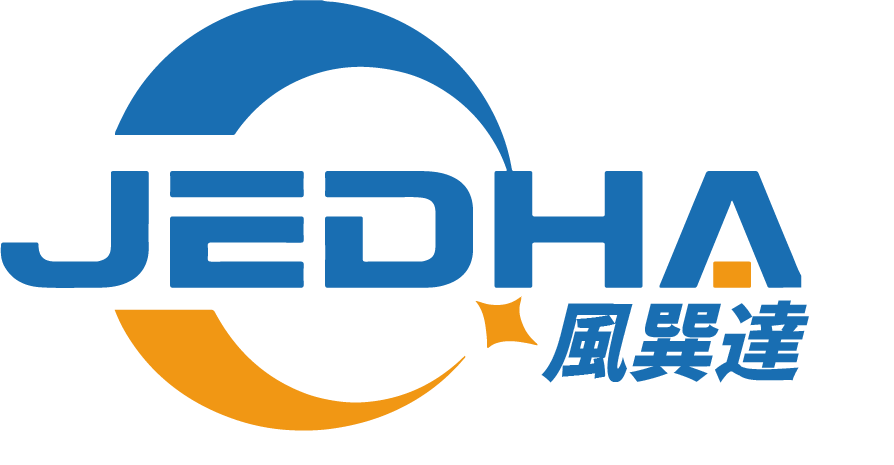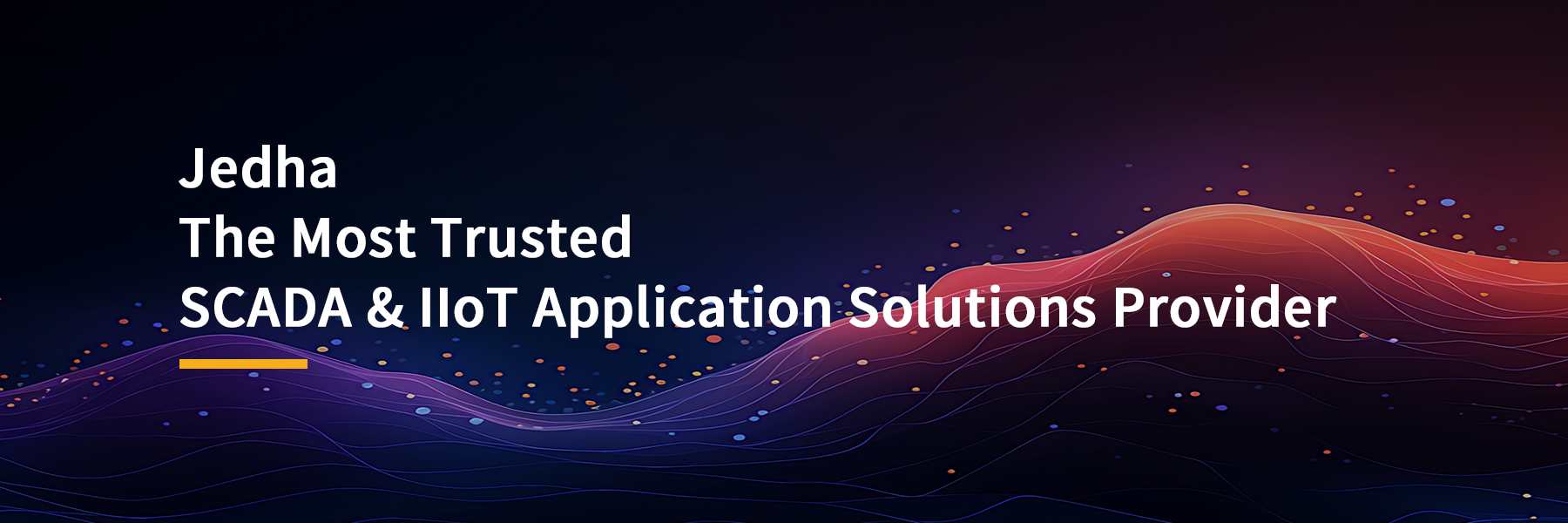What is a Supervisory Control and Data Acquisition (SCADA) System?
SCADA(Supervisory Controland Data Acquisition,資料採集與監視系統),是一種工業自動化係統,主要用於實時監控、控制和數據採集。SCADA 係統廣泛應用於各種工業領域,目的是提高效率、優化流程和確保系統運行的安全性。
SCADA is a production automation and control system built on PC architecture, specifically designed for real-time visualization, management, and control of industrial processes. It ensures efficient, safe, and reliable operations. Widely used across industries such as energy, manufacturing, water treatment, and transportation, SCADA aims to enhance operational efficiency, safety, and productivity.
SCADA System Features:
1. Data collection
• Acquire real-time data from field devices such as temperature, pressure, flow, voltage, etc.
2. Remote control
•Allows operators to control field devices through the control center or HMI.
3. Alarm handling
•Trigger an alarm notification when the system is out of the set range or when a fault occurs.
4. Data storage and analysis
• Long-term data storage for historical analysis, troubleshooting, and trend forecasting.
5. Report generation
• Automatically generate running reports for decision support and performance evaluation.
SCADA System Benefits:
- Real-time monitoring and control capabilities.
- Improve the efficiency of system operation and reduce manual intervention.
- Provide data support to optimize decision-making and predictive maintenance.
- Enhance the security and reliability of your system.
SCADA System Composition:
1. Field equipment
• Includes sensors, meters, actuators, and other equipment used for data acquisition and performing control tasks.
• Communicate with the system, usually via a remote terminal unit (RTU) or programmable logic controller (PLC).
2. Remote Terminal Unit (RTU) and PLC
•RTU: Used to collect data from field devices and send control signals to actuators.
• PLC: Used to implement logic control of field devices, often handling complex automation tasks.
3. Communication networks
• For connecting field devices, RTUs, PLCs, and control centers.
•Commonly used communication protocols are Modbus, DNP3, IEC 60870-5, etc.
4. Human-Machine Interface (HMI)
•It is used to display real-time data and system status, and the operator can monitor and control the system through HMI.
5. Central control system (server and software)
•Responsible for data storage, analysis, alarm processing and scheduling functions.
SCADA System Challenges:
•Security Concerns: SCADA systems may be vulnerable to cyberattacks, making it essential to strengthen cybersecurity measures.
•High Costs: System deployment and maintenance can be relatively expensive.
•Complexity: Requires skilled professionals for system design, deployment, and maintenance.



